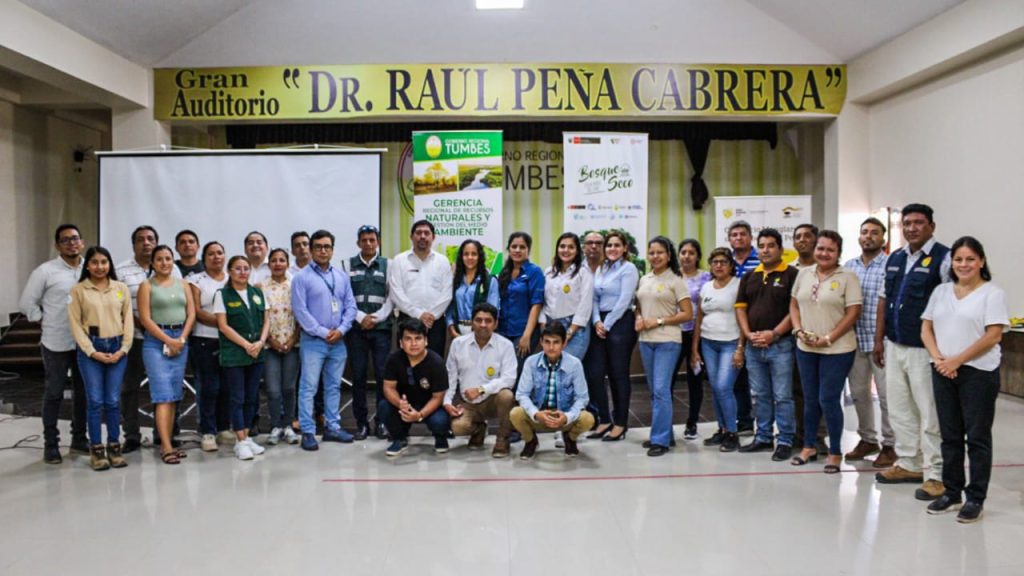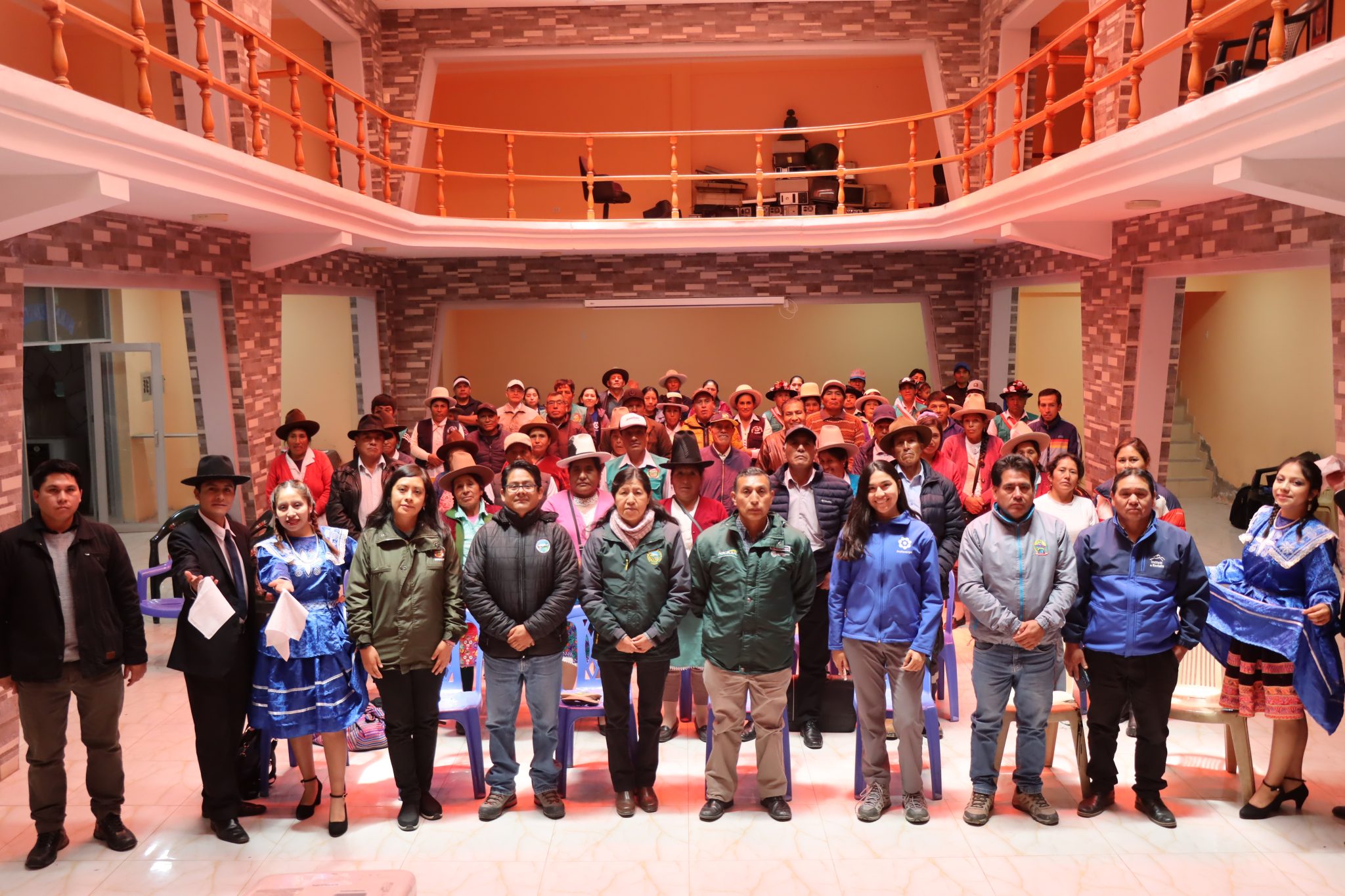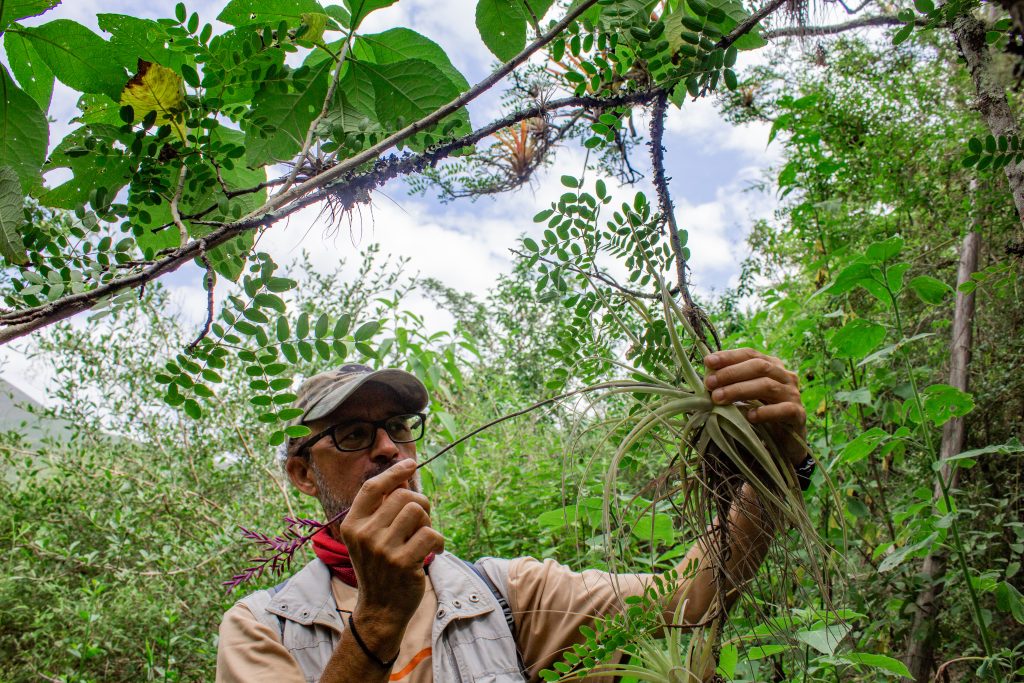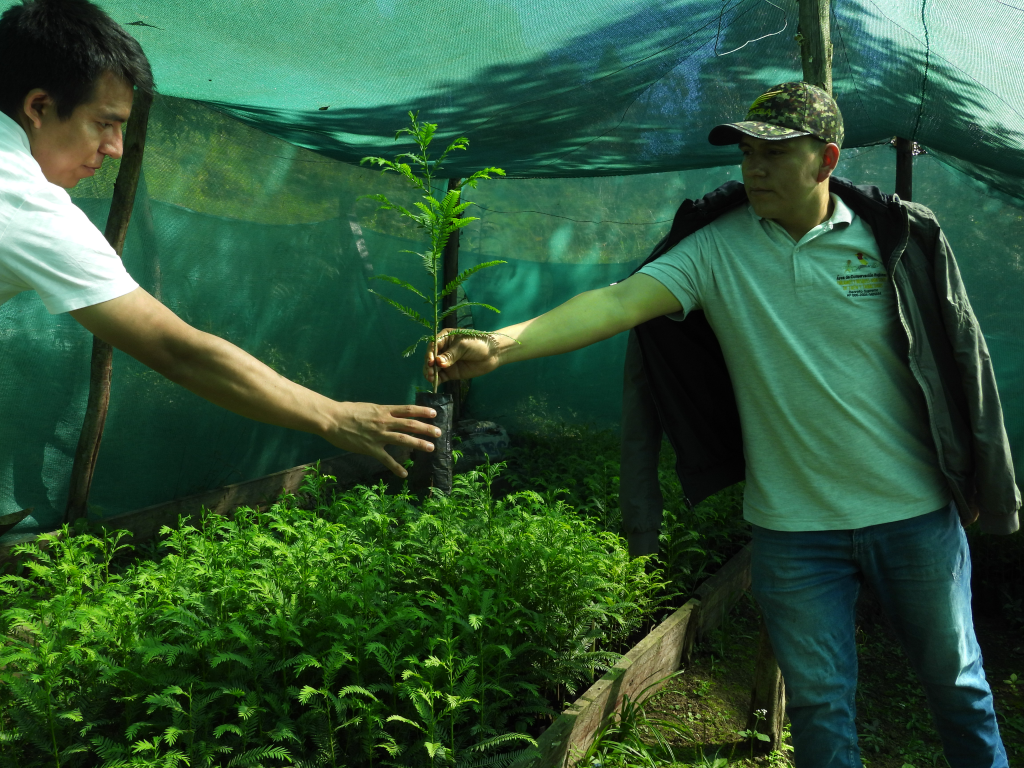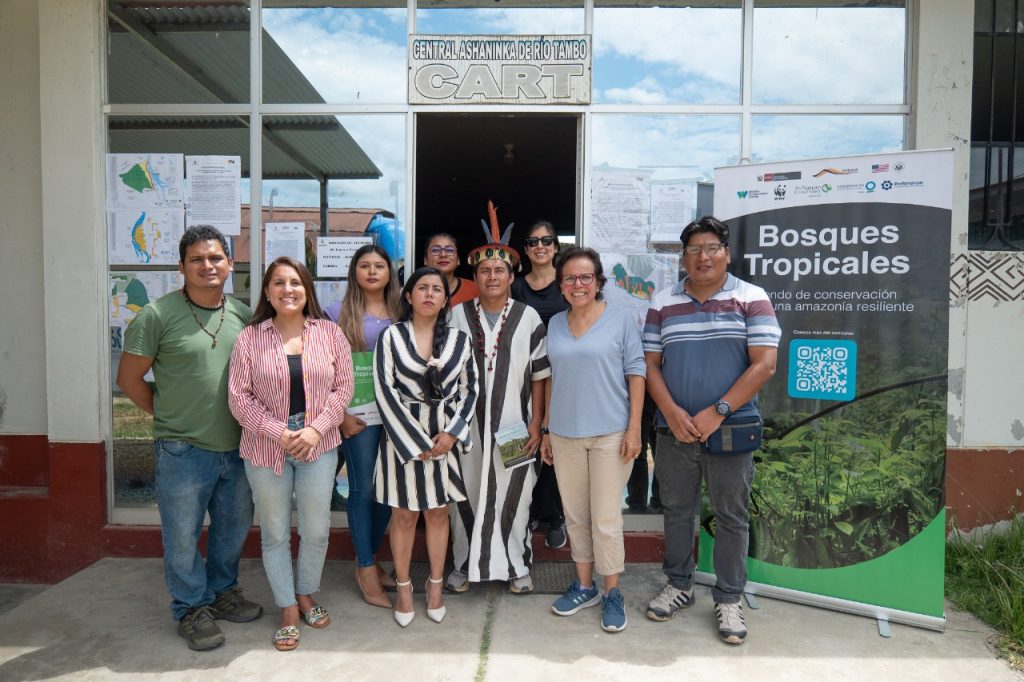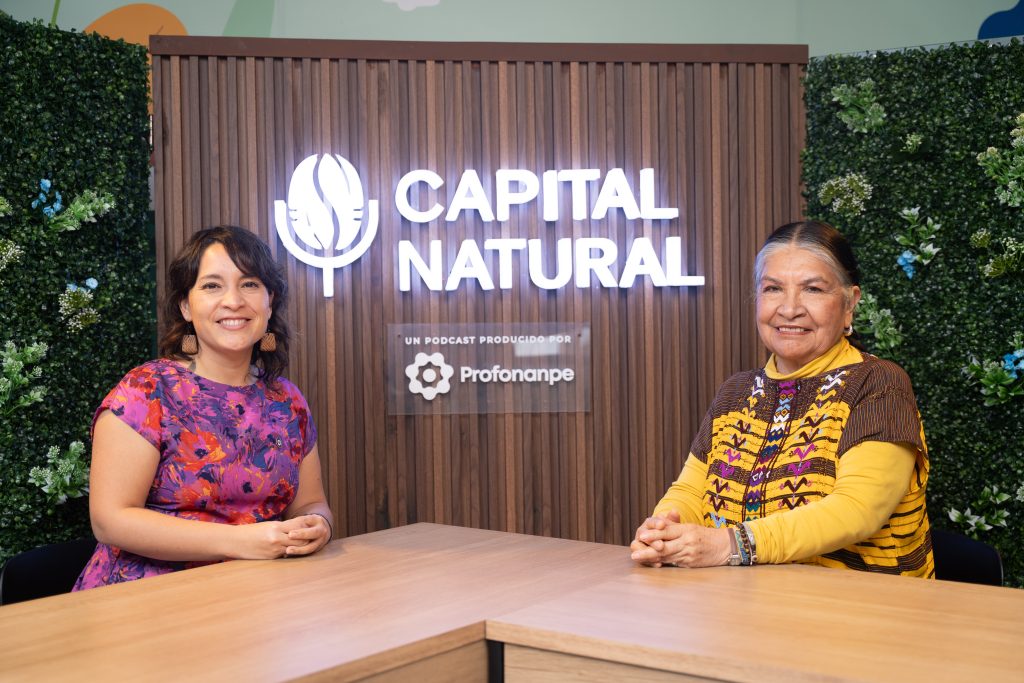On May 14 and 15, in the city of Tumbes, the Regional Government of Tumbes and the “Dry Forest” project, executed by the Ministry of Environment, held a meeting with the purpose of providing technical assistance for the development of public investment projects focused on the protection and recovery of the biological diversity of the dry forest.
This meeting was part of a series of four meetings also held in the regions of Piura, La Libertad and Lambayeque, in close coordination with the Regional Governments, in order to highlight the importance of directing public investments towards the recovery of dry forest ecosystems. For this reason, it was important to have the participation of public officials responsible for Formulation Units, Multiannual Investment Programming Offices and Natural Resources and Environment Managers.
The space made it possible to recognize the limited public investment in dry forest ecosystem restoration projects for the provision of ecosystem services. It was noted that on the north coast only five public investment projects have been promoted with a focus on ecosystem recovery, of which only one was focused on the dry forest.
“These meetings allow us to highlight the importance of an ecosystem that is unique in the country and in which public investment will ensure its recovery. The dry forest in Piura, Tumbes, Lambayeque and La Libertad provides ecosystem services to 114 rural communities and providing advice to public investment projects improves the quality of life of populations based on their needs and with the responsible use of the sector’s financial resources,” noted Sergio Lazo, technical coordinator of the Dry Forest project.
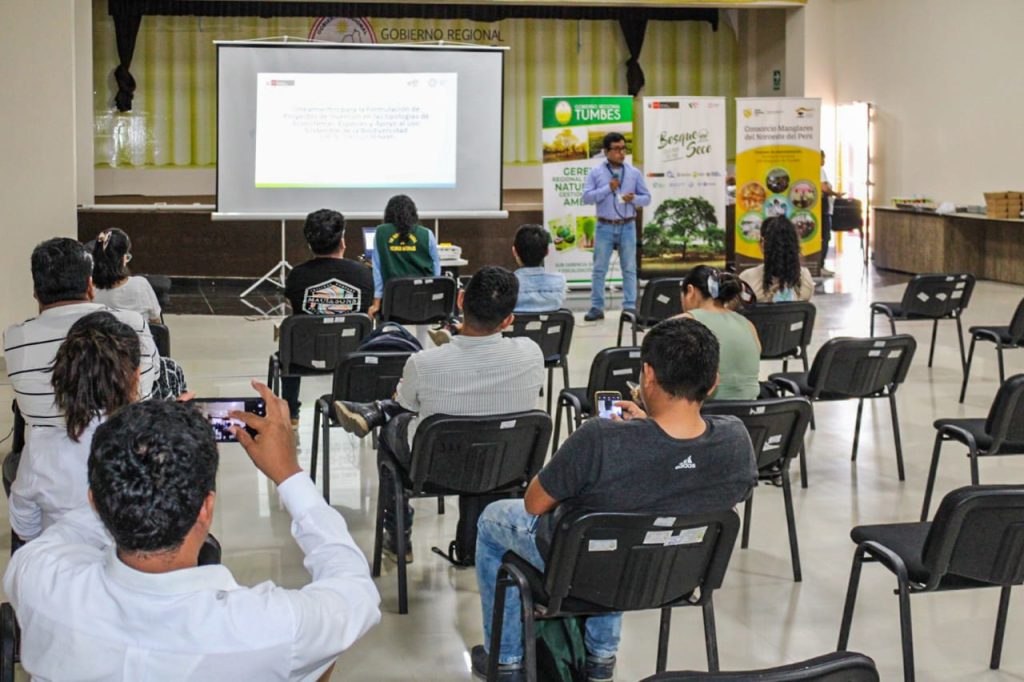
About the Dry Forest project
Dry forest ecosystems are crucial for climate change adaptation and mitigation, as they harbor great biological diversity and provide essential ecosystem services for local communities.
The “Dry Forest of the Northern Coast of Peru2 project is an initiative financed by the Global Environment Facility (GEF) and executed by the Ministry of the Environment. It is supported by the Ministry of Agrarian Development and Irrigation, FAO, IUCN and Profonanpe. Learn more here.


